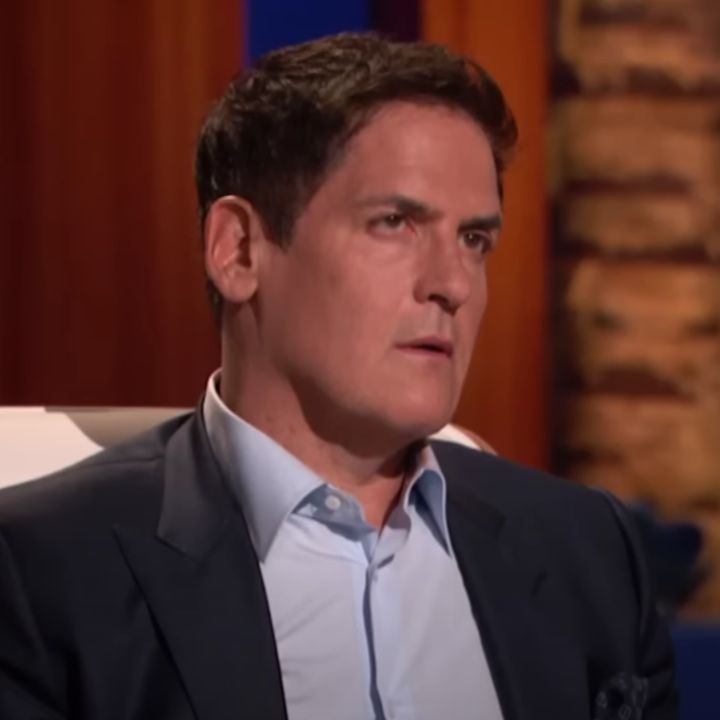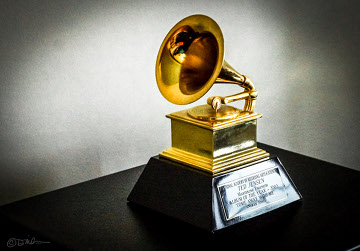Ever watched someone light up when landing a deal on Shark Tank and wonder, “Does that really pay off?” The truth is—it can. For some contestants, even a “no” can turn into serious money. Today, we dive into five standout stories where exposure, investment, or persistence actually paid off. You’ll learn how much these entrepreneurs are now worth—and why their Shark Tank moment was just the beginning.
1. Everlywell — Julia Cheek’s $260 Million Springboard
Back in 2018, Julia Cheek pitched Everlywell, an at-home health testing kit, and left with no deal. But thanks to Shark Tank exposure, the business boomed. By 2023, Everlywell ranked as the second-highest revenue generator in the show’s history. Her personal net worth is now estimated to be roughly $260 million. It’s proof that Shark Tank’s spotlight can raise a company’s value, even without a Shark’s check.
2. Bogg Bag — Persistence Pays $100 Million Outcome
Kim Vaccarella pitched her durable beach bag four times before Shark Tank said no. That didn’t stop her. By 2025, Bogg Bag was expected to hit $100 million in revenue, thanks to Target partnerships and organic growth. She credits social media buzz and product quality for the win, not TV investment. Her brand shows that sometimes, not taking a deal still leads to a major payoff. Being featured—even without a deal—can spark explosive growth.
3. BeatBox Beverages — From $1M Deal to $200M Valuation
When BeatBox Beverages nailed a $1 million deal with Mark Cuban, few predicted the results. But fast-forward a decade, and BeatBox is now valued at over $200 million. It proves that a Shark’s capital and mentorship can propel a product from niche to national scale. Cuban’s initial investment delivered a massive return and a major win on ROI. That’s Shark Tank payoff in action.
4. Scrub Daddy — Sponge That Turned into a Spongeing Empire
Not every Shark Tank success is flashy, but Scrub Daddy is a household name. Lori Greiner’s investment turned a simple sponge into a $340 million annual revenue brand. Scrub Daddy is now exploring a potential sale that could value the company in the hundreds of millions. The payoff is clear: Shark Tank-backed credibility can launch startups far beyond TV hype. Scrub Daddy proves that everyday products can yield extraordinary returns.
5. Burlap & Barrel — Revenue Doubled Without a Deal
Not all wins involve deals. Burlap & Barrel, a gourmet spice company, walked away without a Shark investment—but the exposure was golden. Sales nearly doubled to $9 million following their episode. Cofounder Ori Zohar says the brand benefited just as much from airtime as from actual equity stakes. Even without a Shark’s money, the platform alone was worth millions. That’s the kind of payoff many underestimate.
It’s About Exposure, Deals, and Timing
Here’s the inside scoop: Shark Tank contestants see payoffs in three main ways—cash investment, media exposure, and brand credibility. Not every pitch lands funding, but every pitch gets airtime. If leveraged smartly, that airtime becomes a marketing tool worth millions more than any check on the show. So next time you watch, know: behind the pitches are businesses either launching to millions—even without a deal—or scaling exponentially with Shark support.
Which Shark Tank success story surprised you the most, and would you seek exposure over cash? Share your thoughts in the comments!
Read More
The Richest Survivor Contestants Ever—and How They Did It
How Much Is a Grammy Really Worth? We Followed the Money

Amanda Blankenship is the Chief Editor for District Media. She frequently writes for a handful of blogs and loves to share her own personal finance story with others. When she isn’t typing away at her desk, she enjoys spending time with her daughter, son, husband, and dog. During her free time, you’re likely to find her with her nose in a book, hiking, or playing RPG video games.




